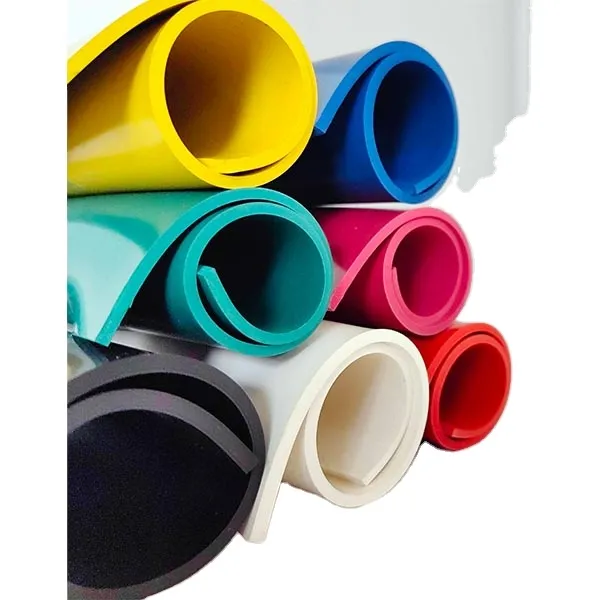Exploring Different Types of Door Bottom Seals for Enhanced Insulation and Protection
Understanding Door Bottom Seal Types Enhancing Efficiency and Comfort
Door bottom seals play a crucial role in maintaining the efficiency and comfort of a space, whether it be residential or commercial. These seals are designed to fit snugly at the bottom of doors, preventing drafts, dust, noise, and moisture from entering or escaping a room. In this article, we will explore the various types of door bottom seals, their benefits, and how to choose the right one for your needs.
Types of Door Bottom Seals
1. Strip Seals Strip seals are the most common type used in homes and businesses. They are made from materials like rubber, vinyl, or silicone and are often self-adhesive. Strip seals are easy to install and can accommodate gaps between 1/16 inch to 1/4 inch. They are ideal for both interior and exterior doors and offer a good balance of cost and performance.
2. Threshold Seals These seals combine a bottom seal with a raised threshold. Typically made of aluminum or vinyl, threshold seals create a barrier against water, wind, and pests. They are particularly effective for exterior doors that face harsh weather conditions. Installing a threshold seal may require more effort than strip seals, but the added protection makes it worthwhile.
3. Drop Seals Drop seals are mounted on the bottom of the door and can be manually or automatically deployed when the door is closed. These seals typically consist of a metal channel with a rubber or brush seal that drops down to fill the gap. Drop seals are excellent for soundproofing and are commonly used in recording studios, theaters, and conference rooms to minimize noise transmission.
4. Sweeps Door sweeps are similar to strip seals but consist of a metal or plastic strip with bristles or a rubber flap that extends downward when the door is closed. They are especially effective for larger gaps and are often used on heavy doors, such as those in warehouses or garages. Door sweeps not only help with air sealing but also keep dirt and debris from entering.
5. Magnetic Seals Magnetic seals utilize magnets to create a tight seal between the door and the frame. They are often used in refrigerator doors or specialized applications where an airtight seal is necessary. While not as common for standard residential doors, they offer excellent energy efficiency in specific contexts.
Benefits of Door Bottom Seals
- Energy Efficiency By minimizing drafts and air leaks, door bottom seals can significantly reduce heating and cooling costs.
door bottom seal types

- Comfort Seals help to create a more comfortable indoor environment by preventing cold air in the winter and hot air in the summer from entering your living space.
- Noise Reduction Proper sealing can lower noise levels, contributing to a more peaceful home or office setting
.- Pest Control Door bottom seals act as barriers against insects and other pests, helping to keep your indoor environment clean and safe.
Choosing the Right Seal
When selecting a door bottom seal, consider the following factors
- Door Type Ensure that the seal is compatible with your door, whether it is a standard residential door, heavy-duty, or an exterior door.
- Gap Size Measure the gap between your door and the floor to choose a seal that fits snugly without hindering the door's functionality.
- Material Different materials offer varying levels of durability, insulation, and weather resistance. Choose a material that suits your specific environment.
- Installation Consider whether you prefer a DIY-friendly option or one that requires professional installation.
In conclusion, door bottom seals are an essential feature in any property. By understanding the various types and their benefits, you can select the most appropriate seal for your doors, enhancing energy efficiency, comfort, and protection against the elements.
-
Silicone Seal Strip: The Ultimate Solution for Your Sealing NeedNewsNov.01,2024
-
Keep the Heat: The Importance of Seal for Oven DoorsNewsNov.01,2024
-
Essential Guide to Corner Protectors for Your FurnitureNewsNov.01,2024
-
Enhance Your Home with Silicone SolutionsNewsNov.01,2024
-
Efficient Maintenance of Melamine Sealing StripsNewsNov.01,2024
-
Comparison of Different Edge Sealing ProcessesNewsNov.01,2024
-
Types of Door Bottom Seal Strips and Their Best UsesNewsOct.25,2024